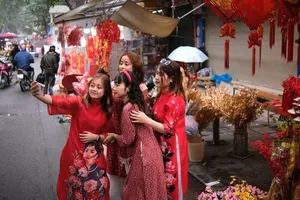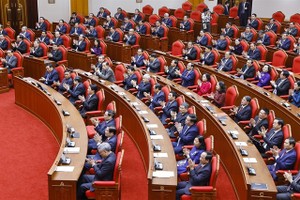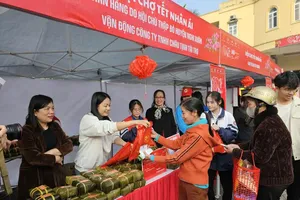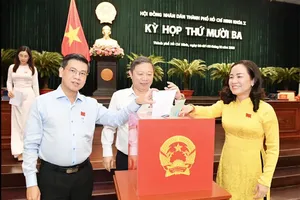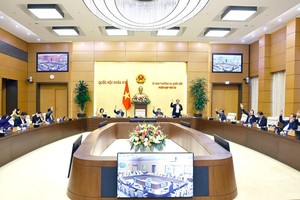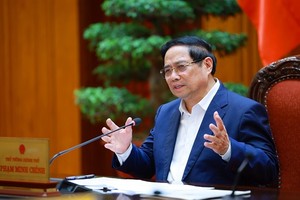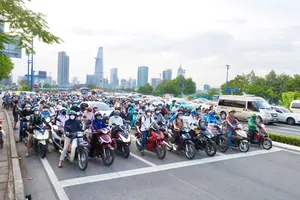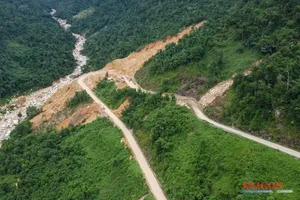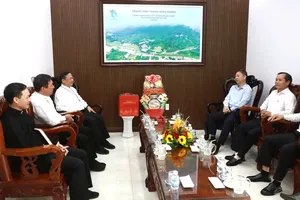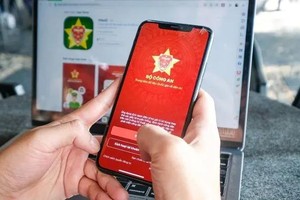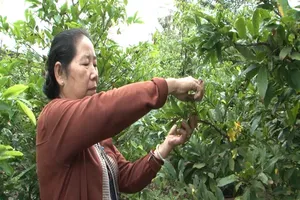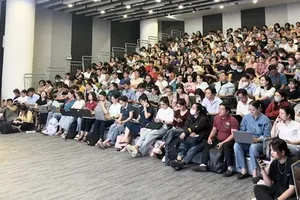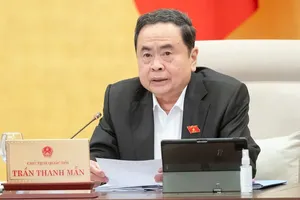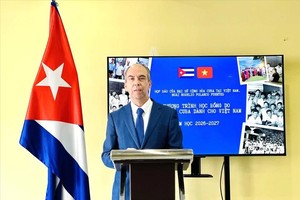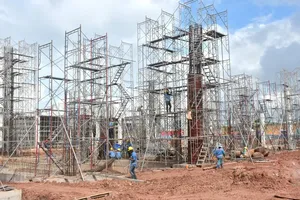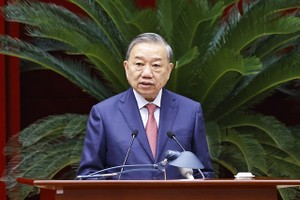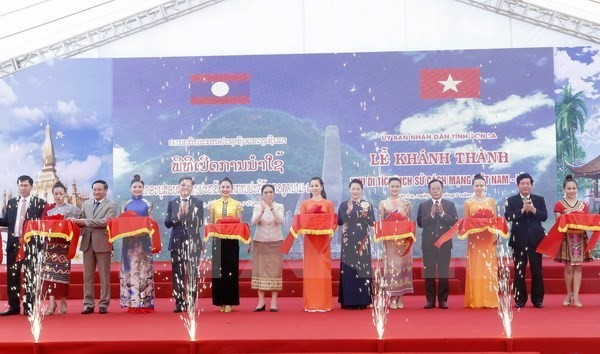
Yathotou thanked the Vietnamese Party, State and people for their timely and effective assistance for Laos in the cause of national liberation, defence and building.
She particularly thanked the authorities and people in Son La for supporting Lao people in general and northern Lao provinces in particular over the past time, and affirmed that Laos will continue to nurture the special and faithful relations with Vietnam.
Chairwoman of Vietnam’s National Assembly Nguyen Thi Kim Ngan said the relic site is a vivid demonstration of the combat solidarity between the two countries in general and Son La and northern Lao provinces in particular in the struggle against invaders to defend the country.
She said the relic site will be a valuable source of historical lessons to educate young generations in the tradition of patriotism and the special solidarity of the two countries.
The Vietnam-Laos revolutionary historical relic site in Lao Kho village, Phieng Khoai commune, Yen Chau district, Son La province, was the place where Lao leader Kaysone Phomvihane chose to build a base for the Lao revolution against French colonialists.
During the stay at the area, he lived in the home of a local elderly, Trang Lao Kho. The North Lao Vanguard Division was also based in the village from 1948-1950.
On April 24, 2012, the site was awarded with a certificate recognising it as a national historical site, and the two countries held a ceremony to commence the construction of the Vietnam-Laos revolutionary historical relic site on nearly 50ha.
The original historic relics preserved at the site include the old house of Trang Lao Kho and houses of the North Lao Vanguard Division. New construction works include a monument dedicated to the Vietnam-Laos friendship and an exhibition house displaying photos, documents, and objects on the bilateral amity.
Son La provincial People’s Committee invested 54 billion VND (2.3 million USD) in the construction of the site.
